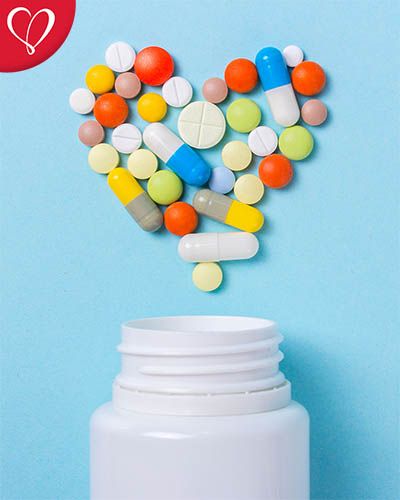Heart Failure
Heart Failure Treatment in Tijuana
In the heart failure service, our goal is to improve life expectancy and overall quality of life. We aim to incorporate the person to a full social and productive life by decreasing illness episodes and need of frequent hospitalizations. Heart failure means that the heart is in a dilated state, it does not pump well, is not functioning, is not being effective at pumping blood to the entire body, attempting to compensate the heart pumps faster. If this abnormal condition persists, the disease progresses and the patient develops a more serious disease.
Grupo Cardiovascular de Tijuana
NewCity Medical Plaza Hospital 29-02
P.º del Centenario 9580, Zona Urbana Rio Tijuana, 22010 Tijuana, B.C
Haga su cita desde aquí:

Our program offers a full assessment and clinical management of heart failure, also known as heart insufficiency. An integrative management of HF should design a clinical care model depending on the individual functional classification, the cause of HF and the level of damaged inflicted on the heart muscle.
The most frequent causes if heart failure are:
- Ischemic cardiomyopathy: these occur after a person suffers a heart attack (myocardial infarction), this leaves areas of the heart muscle damaged, these affected areas restrict the normal movement of the heart, the ability to pump is compromised.
- Hypertensive cardiomyopathy: it occurs in patients that did not have good management of theyre systemic hypertension, since the heart tries to beat against a hypertensive system it eventually gets damaged, what we called “dilated”, especially if hypertension is poorly managed for a long time. Once the heart is dilated, the advanced dilation makes the pump function dysfunctional, its less effective at pumping blood to the body with each heartbeat.
- Heart insufficiency: it manifests as fatigue, shortness of breath (people call it lack of air), limited ability to do some physical activities like going up the stairs, feeling like they’re drowning when they attempt to lay flat, heart palpitations, swelling of the legs and abdomen.
Grupo Cardiovascular de Tijuana
NewCity Medical Plaza Hospital 29-02
P.º del Centenario 9580, Zona Urbana Rio Tijuana, 22010 Tijuana, B.C
Haga su cita desde aquí:
How does heart failure get diagnosed?
The clinical evaluation aims to assess ventricular function, meaning the way the heart muscle is working. The first test done is a chest x-ray which provides us with some important but limited information, the gold standard to diagnose heart failure is the echocardiogram. The echocardiogram allows is to evaluate alterations of disorders of the segmental mobility of the heart, it also allows us to observe if there is heart dilation, if there is dilation it allows to measurement of the disorder, what we call the “ejection fraction”. The ejection fraction value is very important, it should remain at 70%, that means the heart ejects a steady and sufficient amount of blood to the body with each heartbeat.
Another evaluation that gets done with an echocardiogram is the functioning of the heart valves, it helps identify any damage done to the heart valves (the flaps that allow entry and exit of blood through the heart).

If the echocardiogram shows that the root of the cause of heart failure is coronary artery disease, then the patient will need to undergo a cardiac catheterism.
Treatment of heart failure
It is well known that the ideal treatment approach for heart failure consist of several lifestyle adjustments such as; healthy weight management, weight loss, salt intake reduction, implementing a Mediterranean style diet, medication such as; diuretics, potassium sparing diuretics, ACE inhibitors, beta-blockers, and digoxin. This treatment approach has shown to improve the quality of life of the patient, improving the functional class of HF, reducing the number of hospitalization and reducing mortality rates.
It is imperative that the cause of HF is fully corrected, meaning once the reason is identified the treatment is aimed at the resolution of the disorder, for example revascularization in the case of coronary artery disease, or heart valve replacement with a prosthetic heart valve when a damaged valve is identified.
There’s other sub-group of patients that suffer greater deterioration and worsening of functional class, those with complete block of the left bundle branch of the bundle of his (LBBB), another with reduced ejection fraction (less than 40%), most these patients would benefit from medical devices that improve contractility and improve the pumping function of the heart through electrical stimulation (cardiac synchronization) or tri-chamber pacemaker.
Other treatment options such as stem cell implantation (CED340) obtained through bone marrow aspiration has shown to be effective and effective at improving ejection fraction (effectiveness of the heart as a pump) by 10-15%. This alternative treatment is usually reserved for patients that do not respond to pharmacological treatment and were not the candidates for a tri-chamber pacemaker.



